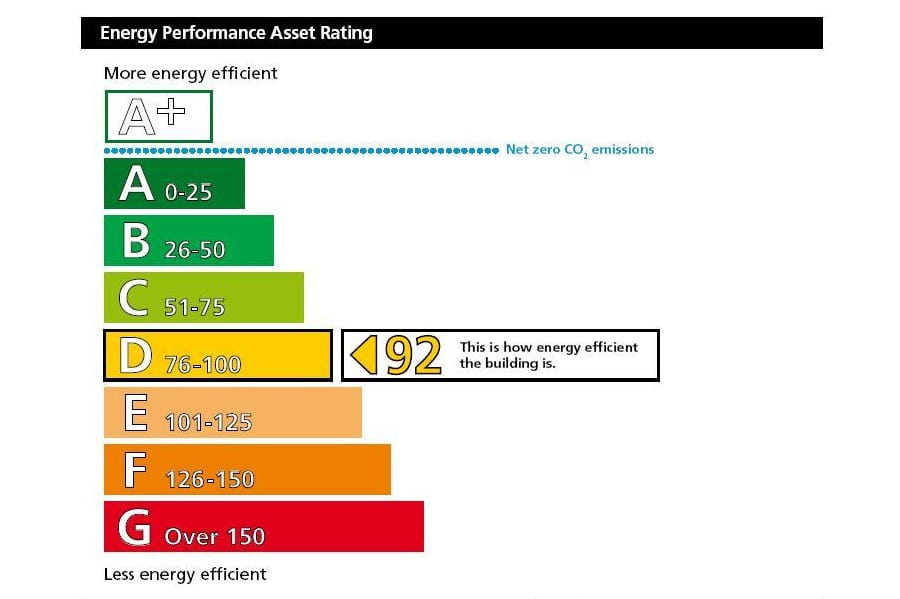According to data from Landmark Information Group, 91.5% of properties with a known EPC in the UK could meet the future target of band C or higher.
The latest data from Landmark Information Group, has demonstrated that the Government’s target to increase the Energy Performance Certificate (EPC) rating for residential properties could be met. However, currently less than half of the properties impacted are in possession of a valid EPC, which means that the transition will be both timely and costly.
Landmark’s data reveals that out of the properties that do have a valid EPC, 55% fall below the target of band C or lower, and if all suggested changes recorded in the EPC were made to properties (such as switching to low-energy light bulbs, adding wall insulation, installing double-glazed windows, and switching to condensing boilers) then 91.5% of existing EPCs could meet the target of band C or better.
Whilst the analysis of EPC data from Landmark Information Group suggests it would be possible, there are plenty of other factors to consider. These include potential planning constraints, conservation areas and also people’s budgets. These all impact the feasibility of achieving the proposed targets.
As many as 20 million properties (which is 66%of the residential housing stock), could be impacted, according the reports estimations.
The findings demonstrate that the cost of improving these ratings varies depending on the current rating of each property. According to the Landmark Information Group report, the “average cost of £39,381 to uplift an extremely inefficient property from band G to band C equates to nearly 11% of the average current value of a property.”
Chris Loaring, Managing Director (Legal), Landmark Information Group said:
“In the quest for a more energy-efficient future, the path is marked with challenges. While 91.5% of properties show potential to reach higher EPC ratings, the real question remains ‘how?’. With a significant percentage of homes lacking EPCs and a daunting task of upgrading millions from low bands to C, doubts linger on the industry’s capacity to meet government targets. The hope for a sudden surge of change raises questions of sustainability, while the confidence in legislative timelines and the finite nature of the retrofit market pose substantial hurdles. Bridging the gap between potential and reality demands not just ambition but a strategic and sustained effort, as the clock ticks towards an uncertain 2035 deadline.”




















